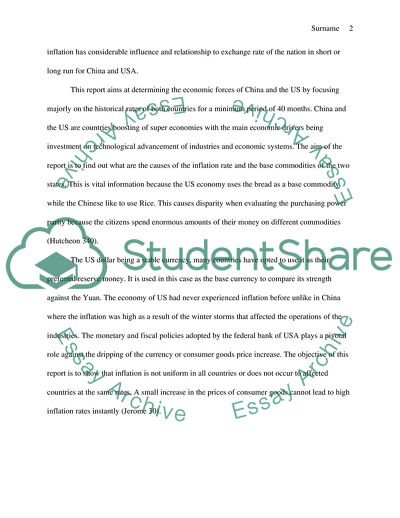Cite this document
(The Inflation Rate and Exchange Rate of the Chinese Yuan and the US Research Paper, n.d.)
The Inflation Rate and Exchange Rate of the Chinese Yuan and the US Research Paper. Retrieved from https://studentshare.org/finance-accounting/1771795-international-financial-management-to-empirically-evaluate-the-relationship-between-the-inflation-rates-and-the-exchange-rate-of-a-chosen-currency-with-the-us-dollar-or-the-british-pound
The Inflation Rate and Exchange Rate of the Chinese Yuan and the US Research Paper. Retrieved from https://studentshare.org/finance-accounting/1771795-international-financial-management-to-empirically-evaluate-the-relationship-between-the-inflation-rates-and-the-exchange-rate-of-a-chosen-currency-with-the-us-dollar-or-the-british-pound
(The Inflation Rate and Exchange Rate of the Chinese Yuan and the US Research Paper)
The Inflation Rate and Exchange Rate of the Chinese Yuan and the US Research Paper. https://studentshare.org/finance-accounting/1771795-international-financial-management-to-empirically-evaluate-the-relationship-between-the-inflation-rates-and-the-exchange-rate-of-a-chosen-currency-with-the-us-dollar-or-the-british-pound.
The Inflation Rate and Exchange Rate of the Chinese Yuan and the US Research Paper. https://studentshare.org/finance-accounting/1771795-international-financial-management-to-empirically-evaluate-the-relationship-between-the-inflation-rates-and-the-exchange-rate-of-a-chosen-currency-with-the-us-dollar-or-the-british-pound.
“The Inflation Rate and Exchange Rate of the Chinese Yuan and the US Research Paper”. https://studentshare.org/finance-accounting/1771795-international-financial-management-to-empirically-evaluate-the-relationship-between-the-inflation-rates-and-the-exchange-rate-of-a-chosen-currency-with-the-us-dollar-or-the-british-pound.


